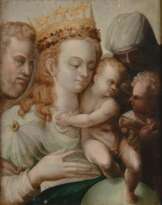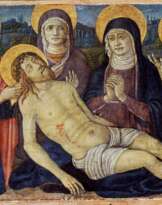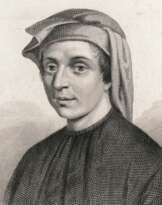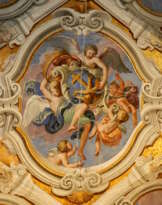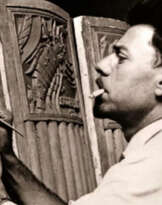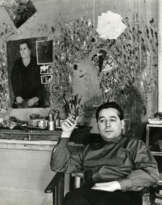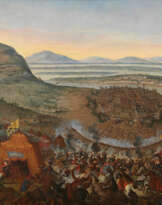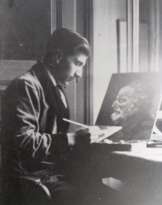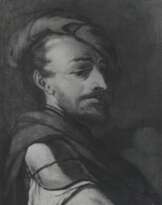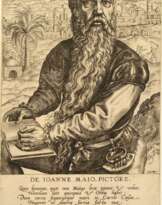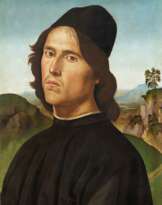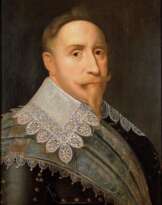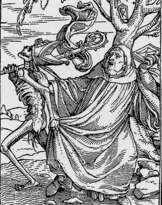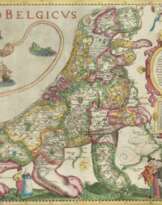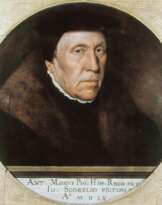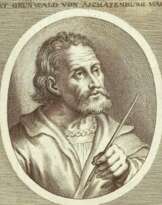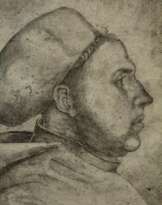Giotto di Bondone (1267 - 1337)
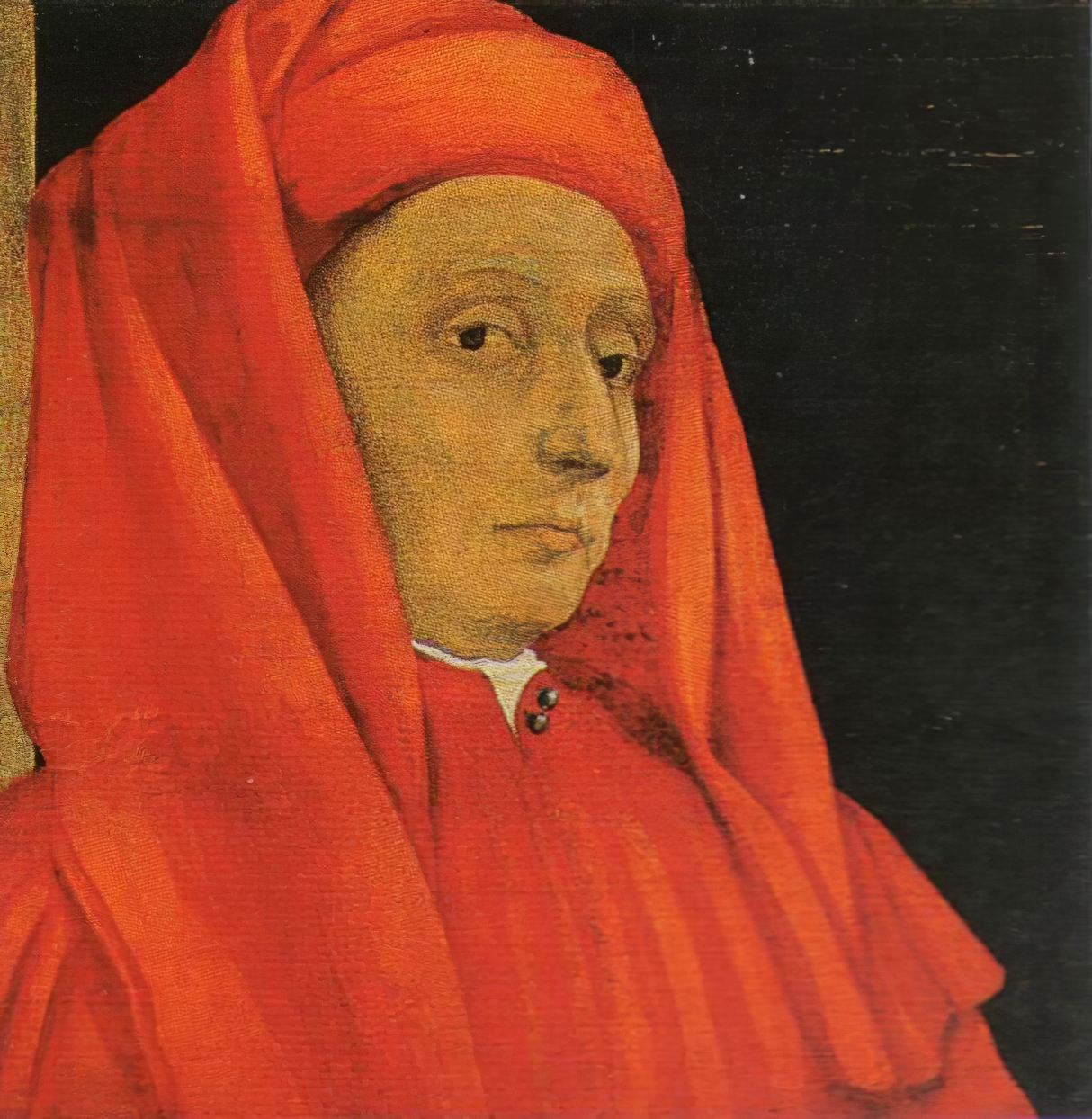
Giotto di Bondone
Giotto di Bondone, an Italian painter and architect, emerged as a pivotal figure in the transition from medieval to Renaissance art. His mastery in painting is best exemplified in the Scrovegni Chapel in Padua, also known as the Arena Chapel, where his fresco cycle depicting the Life of the Virgin and the Life of Christ is considered a seminal work of the Early Renaissance. This chapel, completed around 1305, highlights Giotto's innovative approach to art, breaking away from the Byzantine style that dominated the period. His techniques in depicting life and emotion in his works were revolutionary, setting a new direction in Western art.
Despite his acclaimed works, many aspects of Giotto's life remain shrouded in mystery and controversy, including his exact birthplace and the full extent of his apprenticeship. Traditionally believed to have been born in a farmhouse in either Colle di Romagnano or Romignano, recent research suggests he was born in Florence, the son of a blacksmith. His birth year is also uncertain, with estimates ranging from 1266/67 to 1276.
Giotto's early life, as narrated by Giorgio Vasari, is filled with anecdotal charm. He was supposedly discovered by the renowned Florentine painter Cimabue while drawing pictures of his sheep on a rock, so lifelike that Cimabue immediately recognized his talent. This encounter led to Giotto's apprenticeship under Cimabue, although this story, like many others about his early life, is debated by scholars.
In addition to the Scrovegni Chapel, Giotto's notable works include the decoration of various chapels and churches across Italy, such as in Assisi, Rome, Florence, and Naples. His Crucifixion panel and the Nativity scene are particularly celebrated for their depth and emotional intensity. Giotto was also an architect; in 1334, he was chosen to design the campanile of the Florence Cathedral, reflecting his reputation as a foremost artist.
Giotto's influence extended beyond his lifetime, inspiring future Renaissance artists with his naturalistic representation of human figures and his skill in conveying perspective and emotion. His works in the Peruzzi Chapel in Florence, particularly the Life of St. John the Baptist, are examples of this legacy.
In summary, Giotto di Bondone stands as a monumental figure in art history, his contributions marking the dawn of the Renaissance and forever altering the course of Western art. His ability to infuse his works with realism and emotional depth set a new standard in artistic expression, influencing generations of artists to come.
For those interested in the art and history of Giotto di Bondone, updates on new product sales and auction events related to his work are available. Sign up to stay informed about these opportunities and to deepen your appreciation of this pivotal artist's legacy.
| Date and place of birt: | 1267, Vicchio, Italy |
|---|---|
| Date and place of death: | 8 january 1337, Florence, Italy |
| Nationality: | Italy |
| Period of activity: | XIII, XIV century |
| Specialization: | Architect, Artist, Painter |
| Art school / group: | Florentine School |
| Genre: | Allegory, Mythological painting, Religious genre |
| Art style: | Gothic art, Proto-Renaissance, Renaissance |
